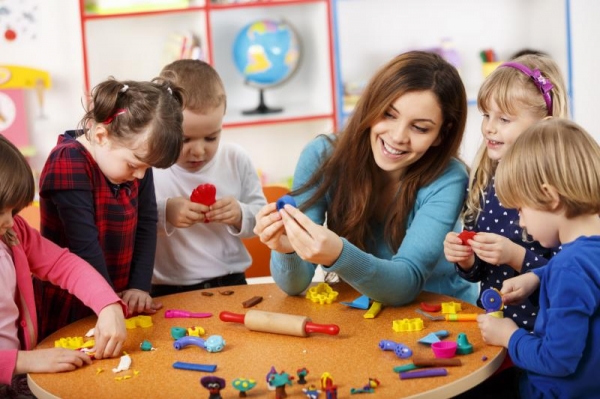
Deprecated: Function utf8_encode() is deprecated in /home2/equiters/public_html/article-detail.php on line 129
Teachers usually resort to manipulative toys to teach the aspects of mathematics to children in preschool and middle school. Apart from helping kids understand the concepts of the subject, manipulative toys give them a hands-on experience to contemplate how math works. Middle School Learning Material Manufacturers can sell products like attribute-blocks to teachers. By using them, students will learn to sort them by shape, colors, size, and thickness. Students can use virtual blocks and actual-shaped blocks on interactive whiteboards and computers or even representative shapes on tests and worksheets.
The characteristics: The sets of attribute-blocks include yellow, red, and blue rectangles, circles, hexagons, triangles, and squares. Each set contains blocks of varying thicknesses and sizes so that a student can differentiate them based on thickness, thinness, and size. Standard sets contain about 30 to 60 blocks, but students may also resort to pattern block templates for drawing two different sizes of every shape for classwork and homework assignments. Products made of hard plastic are more durable, but the ones crafted using foam are quieter. Thatâs why theyâre better for classroom activities.
Preschool and kindergarten: Teachers of preschool and kindergarten use these blocks to start identification sessions for shapes and colors. For instance, a teacher can ask a student to display a blue square or a red triangle. Once the students begin exhibiting mastery of various shapes and colors, teachers can ask them to select the thick, large, blue hexagon or the small, thin, yellow triangle. Preschool and kindergarten students learn to match attribute-blocks, such as all blue shapes or all large rectangles. Students will further learn to identify the pattern blocks missing in a specific set.
Primary grade: Apart from the skills learned and mastered by kindergarten and primary students, teachers can choose to demonstrate the techniques of sorting and comparing in primary grades. For example, a teacher can assemble a group of randomly patterned blocks and ask students to sort everything by size, color, or shape. The teacher may also choose to hold up a large blue circle and a small green square and ask students to explain how the two shapes match and how they donât. The teacher should provide special attention to specific terms, including âalike,â âsimilar,â âsmaller,â âlarger,â âthinner,â and âthicker.â
Upper elementary and middle school: Upper-grade teachers can also use attribute-blocks to help students learn and hone their critical thinking skills. For instance, a teacher can place four different blocks in a recurring pattern and ask one or more students to determine the following block in the sequence. Alternatively, in a story problem, the teacher can describe a geometric key that opens a green door. The student has to determine the right pattern block.
To end
Attribute-blocks offered by Middle School Learning Material Suppliers can be of use to younger, as well as older students. If youâve been going through this write-up from the beginning, then you already know that this particular plaything doesnât just educate learners in mathematical skills, but also in identifying shapes, colors, and sizes. In other words, one set of attribute-blocks can teach various subjects to young kids. Thatâs why every educational institution should consider buying them.

